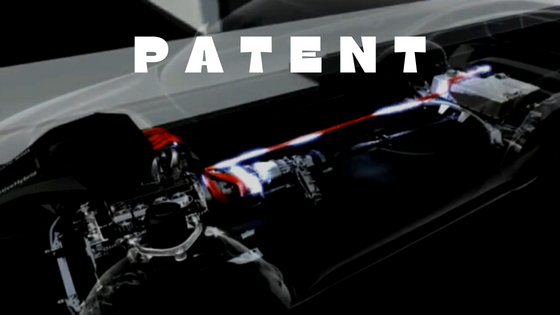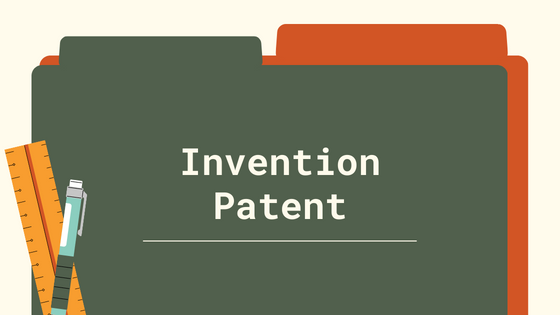7 Steps To Patent Your Invention
The invention process is often a long one, with many twists and turns along the way. You may think you have an idea, but after doing some research you discover that it’s already been patented by someone else. Or maybe you get stuck on a technical detail, or lose interest because of something unrelated going on in your life. The point is, don’t give up too soon.There’s a good chance that you’ll hit upon the right solution eventually, if you keep at it.
If you don’t know how to start your invention process, here are some steps you can take:
1) Find a problem. This might seem obvious, but it’s important to identify a real problem that needs solving before you start coming up with solutions. For example, if you’re an engineer and you want to invent a new type of wheel for bicycles, then you should know that there’s no problem with the current design or technology.
2) Brainstorm potential solutions. Once you’ve identified a problem, start thinking about how it might be solved. Don’t worry about whether your ideas are good ones yet; just write them all down and see what comes out.
3) Evaluate your ideas. After you’ve brainstormed some solutions, it’s time to start narrowing down your options. Evaluating an idea can be as simple as asking yourself why it might work (or not work), or what its limitations might be, which will help you determine whether it’s worth pursuing further.
4) Prototype your solution. Once you have a few ideas that you think could work, it’s time to start testing them out. This is where prototyping comes into play; it allows you to quickly and cheaply test whether a design idea will actually solve the problem you’re trying to address.

5) Test your prototype. Once you’ve created a prototype, the next step is to test it with real users to see how they interact with it. This will help you get feedback on whether or not the design actually works as intended, as well as identify any usability issues that might need to be addressed before launching the final product.
6) Make changes based on user feedback. Once you’ve gotten feedback from your prototype testing, it’s time to revise and improve the design based on what users told you. This process can be iterative: You’ll likely need to go back and forth between steps 5 and 6 several times before you’re ready to move onto the final step.
7) Launch the product! Once you’re happy with your design, it’s time to launch and get feedback from real users. This is a great way to validate whether or not people will actually use what you’ve created—and if they’ll pay for it.
If you’re looking to create a new product or feature, prototyping is an excellent way to test your ideas before you spend time and money on development. The process can be time-consuming—but it’s worth it. Fortunately, there are professional agencies, like InventHelp, that can help you get started as explained on https://www.prnewswire.com/news/inventhelp/ article.
Conclusion
There are many steps involved in the prototyping process, but if you follow them carefully, you’ll be well on your way to creating a great product.
7 Steps To Patent Your Invention Read More »









